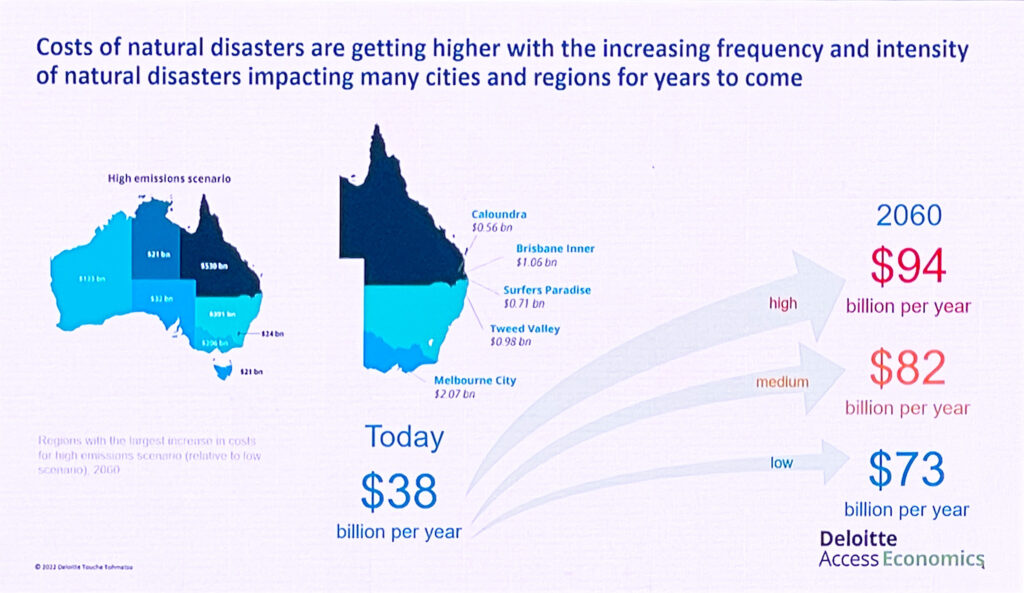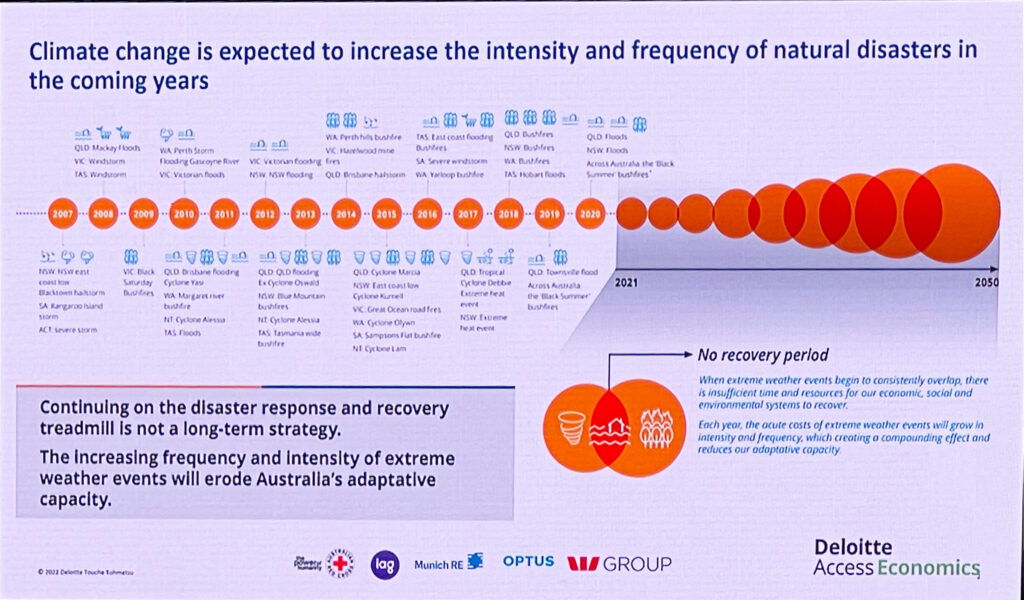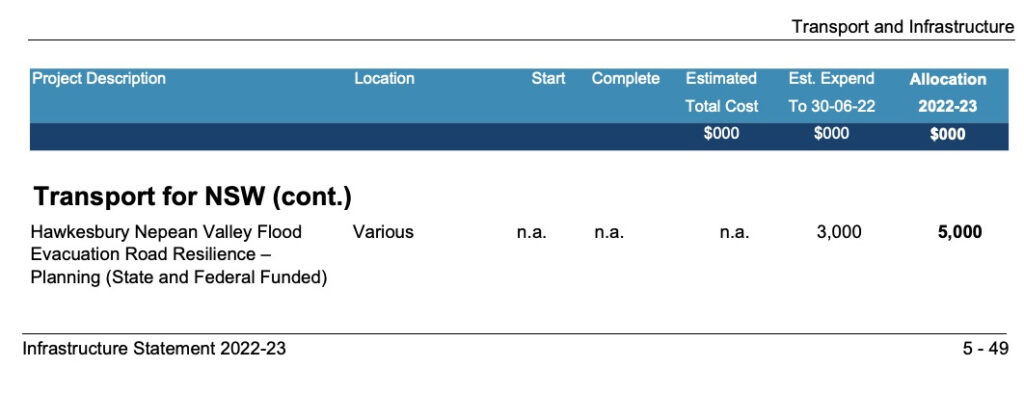As I have been saying for years, the Hawkesbury-Nepean River will flood again. It’s a statistical certainty.
I am heartened a major news outlet like Sky News Australia have recently run a four part investigative series on the subject in June 2022 on their Sky Weather channel. What they had to report should concern everyone in the Hawkesbury, Penrith, Hills and surrounding communities subject to flooding. I’ve stitched the stories together (each is about ~7 minutes long) and have uploaded it to one video, shown above, owing to the poor navigability of Sky’s site and the likelihood this content will be harder to find over time.
In the first part, we are told that Climate modelling shows the risks of a major flood, similar to that seen in 1867 is higher now than ever before. This is backed by research conducted by the CSIRO in 2007 and by the University of Sydney in 2021.
These scholarly pieces find their way into the mainstream media through Sky’s story or articles like this one from the Guardian, or this one from the Sydney Morning Herald which warns that the “La Nina” phenomenon that presages increased rainfall on Australia’s East coast is likely to return.
Being prepared involves many things: Planning codes that discourage development on the floodplain. Functional and maintained evacuation routes. Community education.
But the biggest ‘bang for buck’, the thing that would best improve our safety on the floodplain, is to raise Warragamba Dam.
I have heard many people argue that the solution is as simple as lowering the water level in Warragamba dam, either permanently or in a ‘just-in-time’ way when we know a significant rainfall event is on the way.
This is no fix. Because the valley Warragamba Dam sits in is shaped like a wineglass, the lower levels hold much less water. Lowering the level would have only a tiny fraction of the mitigating effect that raising the dam would. This excellent brochure from Infrastructure NSW explains why.
The need for Government to commit to this project is urgent and growing. We have a strong moral duty to act, and I am fatigued by people who do not share the risk my community endures telling us that it isn’t worth doing.
Successive floods in 2020, 2021 and 2022 have left many exhausted and anxious, especially compounded with the effects of bushfire and pandemic.
This week I learned at the Australian Local Government Association conference that the annual cost of natural disasters to Australia is $38 billion a year. That cost could rise to between $73B and $94B p.a by 2060, depending on the approach we take to mitigate risk, adapt and build the resilience of our communities. My full report on my visit to Canberra to learn more about this is here.


However, raising Warragamba Dam is a necessary part of a larger strategy. In the Flood Emergency Plan our Council adopted in 2020, the maintenance of effective evacuation routes was listed as a critical priority.
I raised the lack of action at a meeting with the National Recovery and Resilience Agency at the same conference in Canberra. They have funded $50M towards 37 projects in a national Flood Mitigation Infrastructure Program. Not a dollar of that fund is spent in our catchment. I gave them an earful.
In the Sky news story, Pitt Town Progress Association President Peter Ryan and Secretary Vince Rayfield showed Sky news the parlous state of Pitt Town’s only escape route if the worst comes to pass.
Thankfully, the State Government has allocated $5m to a Flood Evacuation Road Resilience program in this week’s State Budget. Look in the Infrastructure Statement.

However, I would like to add some caveats. Although I applaud Sky News for furthering the debate, some of the aspects in their presentation require more nuance: Not only would lowering the permanent storage level of the present dam endanger Sydney’s water supply, but as I’ve said, the impact it would have on flooding is not enough. When the 1:5 probability February 2020 flood began, the dam was at 42%. It lowered the resulting flood by about 3m. But in the event of a 1:100 flood this wouldn’t have been enough to prevent major damage. Worse, if we had implemented a policy of reduced capacity on the basis of an imperfect forecast, there are times within the last decade when the dam would have been nearly empty, such as 2016.
Pre-flood drawdowns have a similar disadvantage: If water had been released when the East Coast Low that caused the March 2021 flood was on its way, it would have lowered the flood by about 30cm. This Sky News story misses that point.
Only raising the dam will confer a significant mitigating effect. That and implementing planning codes that prevent inappropriate development on the floodplain.